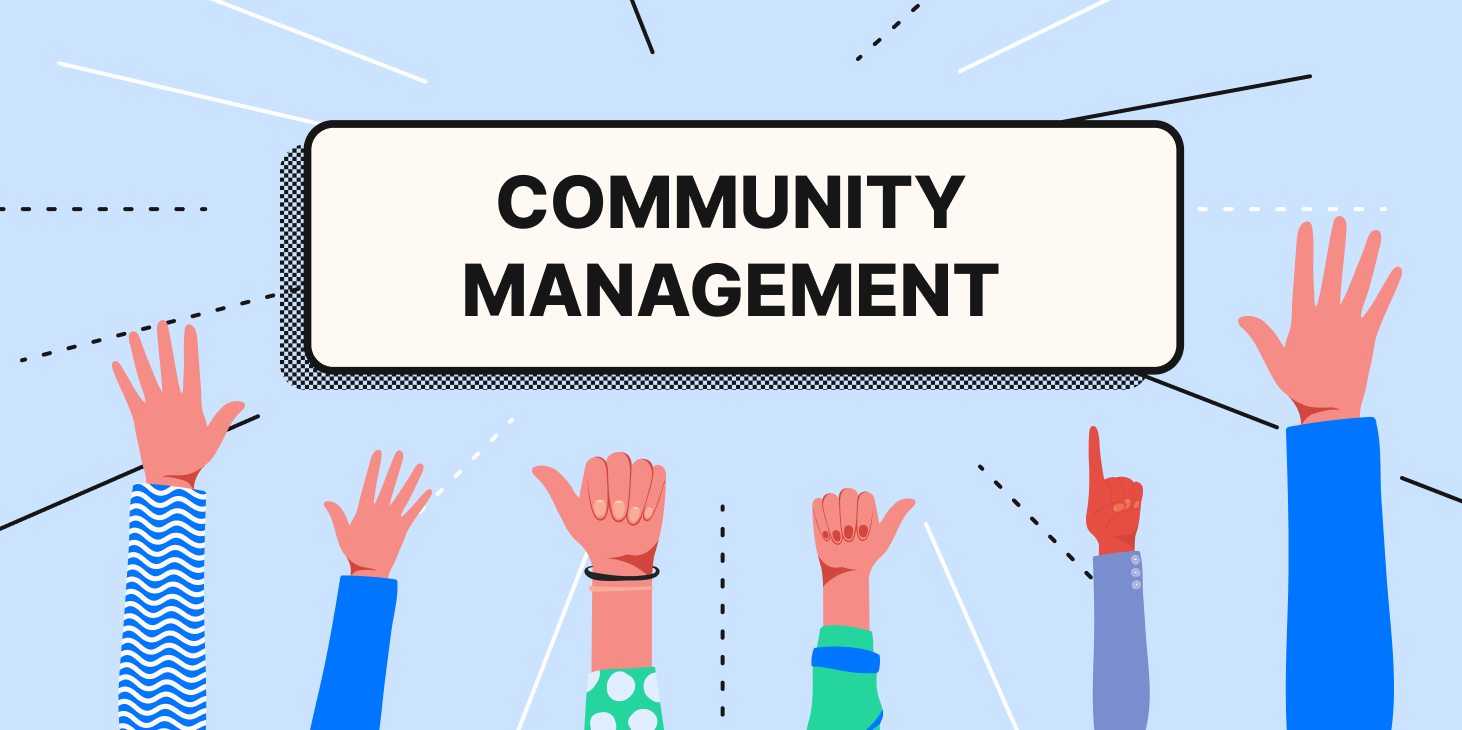

Community managers and social media professionals know that building thriving online spaces takes more than just creating a group and hoping for the best. This guide shares proven strategies to develop and sustain engaged online communities across platforms. We’ll explore how to understand your community’s unique needs, implement smart moderation approaches, and measure your community’s real impact on your organization.
A. Identifying Your Target Audience The foundation of any thriving online community is understanding exactly who you’re building it for. Your target audience isn’t just a demographic; it’s real people with specific needs and expectations. Create detailed audience personas that capture who your ideal members are. What problems are they trying to solve? What conversations do they want to have? Don’t make assumptions; talk to your existing members. The most vibrant communities have a clear identity that naturally attracts the right people and gently filters out those who won’t find value.
B. Conducting Member Surveys Effectively Surveys are your direct line to understanding what your community members really think. Keep them focused and respectful of people’s time. A 5-minute survey gets more honest responses than a 20-minute marathon. Mix quantitative questions with qualitative ones to get both measurable data and rich context. Timing matters too—send surveys after significant community events. Always close the loop by sharing what you learned and how you’re acting on it.
C. Analyzing Engagement Metrics Numbers tell stories about your community’s health—if you know how to interpret them. Look beyond vanity metrics like total member count. Dig into active participation rates, the percentage of members who contribute content, and how quickly new members become active participants. Pay attention to conversation depth and track long-term trends rather than day-to-day fluctuations. The most valuable metrics answer questions about your specific community goals.
D. Recognizing Cultural Differences Your community likely spans different backgrounds and cultural contexts. Communication styles and humor vary dramatically. Watch for these differences in how members interact, and consider if cultural expectations might be at play during conflicts. Create community guidelines that acknowledge these differences while establishing shared norms everyone can follow. The goal isn’t to flatten diversity but to create a space where different perspectives enrich your community.

A. Creating Clear Guidelines and Rules Think of your community guidelines as the constitution for your online space. When you establish clear rules from day one, you’re setting everyone up for success. Spell out what content is allowed, how conflicts are resolved, and the consequences for breaking rules. Keep these guidelines visible and easily accessible, and remember to revisit and update them as your community evolves.
B. Designing User-Friendly Platforms The platform you choose can make or break your community. It should be intuitive, work well on mobile devices, and have functional search capabilities. Test your platform with a small group before a full launch. Watch how they interact and simplify accordingly.
C. Establishing Core Values Core values are the compass that guides every decision in your community. Ask yourself: what does this community stand for? What behaviors do you want to encourage? When you clearly communicate these values, you attract members who align with your vision and naturally filter out those who don’t.
D. Developing Accessible Communication Channels Your community needs multiple ways to connect. Consider implementing public forums for general discussions, private messaging for sensitive conversations, and regular live events. The key is balance: too many channels create confusion; too few limit engagement.
E. Setting Realistic Growth Expectations Rapid growth often leads to community collapse. Instead of chasing vanity metrics, focus on engagement over member count. Plan your resources accordingly and create onboarding processes that maintain your culture. Sustainable communities grow organically when members find genuine value.

A. Training Moderation Teams Running a thriving community means having moderators who know exactly what they’re doing. Create clear guidelines and include real scenarios in your training. Pair new moderators with experienced ones. Remember that moderation can be draining, so build in mental health support and encourage regular breaks.
B. Balancing Automation with Human Touch Automation tools are game-changers for community management. Set up filters to catch spam and hate speech. But don’t go overboard; members spot the difference between bot responses and human interaction immediately. Use tech for routine tasks, but save your human moderators for nuanced policy violations, conflict resolution, and building relationships.
C. Handling Conflict Resolution Conflicts will pop up in even the healthiest communities. When they do, address them quickly. Practice active listening when mediating disputes and ask clarifying questions. Your goal isn’t to pick winners but to uphold community standards while helping members find common ground.
D. Implementing Fair Enforcement Policies Consistency is your best friend when enforcing rules. Create a tiered response system that matches consequences to violations. Document every moderation action and make appeals possible. When members understand how and why decisions are made, they’re more likely to respect the outcomes.
A. Creating Valuable Content Consistently Want to keep your community buzzing? Give them content they actually care about. Mix up your content types, from educational posts to success stories. Pay attention to what gets people talking and fine-tune your strategy.
B. Facilitating Member-to-Member Interactions Communities thrive when members connect with each other. Create spaces where these connections can happen naturally, such as discussion threads or Q&A sessions. Try posing thought-provoking questions and make introductions when you spot members with common interests.
C. Recognizing Active Contributors Everyone loves a pat on the back. When members contribute meaningfully, make sure they know you noticed. Highlight standout contributions or create a “Member of the Month” program. Public recognition shows what positive contribution looks like and motivates others.
D. Hosting Virtual and Live Events Nothing builds a community quite like real-time interaction. Mix up your event formats—webinars, AMAs, workshops, or casual hangouts. For maximum engagement, involve your community in planning these events.
E. Encouraging User-Generated Content Your community members are bursting with knowledge. Tapping into user-generated content (UGC) reduces your content burden while making members feel valued. Start with simple prompts and amplify the content members share across your platforms.
A. Managing Growth Without Losing Identity The trick to scaling without losing your community’s soul is staying true to your founding principles. Document your core values and purpose before you hit a growth spurt. Create onboarding processes that immerse newcomers in your community culture.
B. Delegating Responsibilities to Trusted Members You can’t do it all yourself. As your community grows, invite your most engaged and reliable members to take on leadership roles. Start with a simple ambassador program and graduate to more formal moderation roles. The payoff? Your community becomes more self-sustaining.
C. Measuring Community Success Want to know if your community is thriving? You need solid KPIs to track progress. Go beyond new member signups and look at metrics that align with your goals, like problem resolution rates for a support community. Use surveys and Net Promoter Score (NPS) to track member satisfaction. For business communities, track metrics like support cost savings and customer retention to measure ROI.
D. Adapting to Evolving Platforms Online communities never stand still. Set up reliable monitoring systems to stay current with technology trends. Don’t just react to changes—anticipate them. Sometimes a platform just isn’t working anymore; if you need to migrate, plan carefully and create a clear timeline with an overlap period. Maintain a consistent experience across all channels.
Building and managing an online community is an ongoing process that requires dedication and a human touch. By focusing on a clear purpose, fostering genuine engagement, and utilizing the right tools, you can build a strong, loyal community that not only supports your brand but also becomes its most valuable asset